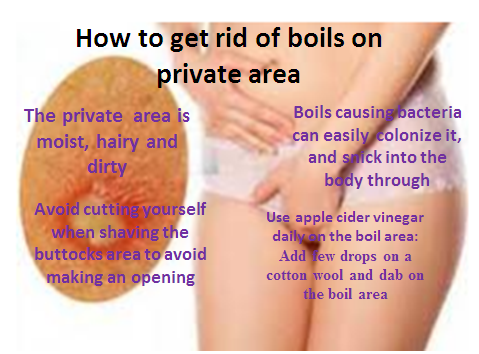Skin conditions boils. How to Get Rid of a Boil: Effective Home Remedies and Medical Treatments
What are boils and how do they form. Where do boils commonly appear on the body. What causes boils to develop. How can you treat a boil at home. When should you seek medical attention for a boil. What medical treatments are available for boils. How can you prevent boils from occurring.
Understanding Boils: Causes, Symptoms, and Common Locations
Boils are contagious skin infections that typically start in hair follicles or oil glands. They begin as red, tender lumps that develop into white, pus-filled bumps over 4-7 days. While often treatable at home, understanding their nature is crucial for effective management.
What Causes Boils?
Boils are usually caused by the bacteria Staphylococcus aureus, although other bacteria or fungi can be responsible. These pathogens enter the body through small cuts or travel down hair follicles. Factors that increase the risk of developing boils include:
- Diabetes
- Weakened immune system
- Other skin conditions that compromise the skin barrier
- Close contact with infected individuals
- Poor hygiene
- Inadequate nutrition
- Exposure to harsh chemicals that irritate the skin
Common Locations for Boils
Boils can appear anywhere on the body where hair grows or where friction occurs, especially in areas prone to sweating. Some frequent locations include:
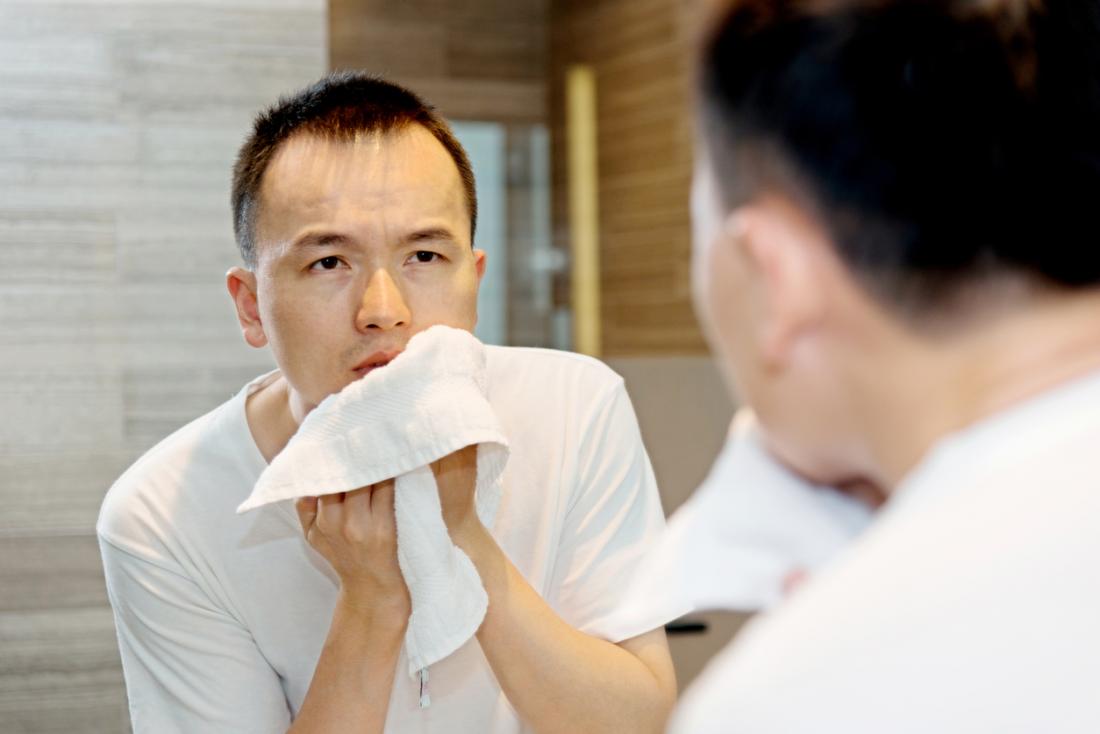
- Groin area
- Buttocks
- Face
- Eyelids (known as styes)
- Breasts
- Armpits
- Shoulders
- Legs
It’s important to note that multiple boils appearing in a group may indicate a more severe infection called a carbuncle.
Distinguishing Boils from Other Skin Conditions
How can you tell if you have a boil or another skin condition? Boils differ from pimples and cysts in several ways:
- Boils are caused by infections, while pimples result from clogged pores
- Unlike pimples, boils are contagious
- Boils typically grow faster and are more painful than pimples
- Cysts are not caused by infections and are usually painless
- Cysts grow more slowly than boils and contain fluid rather than pus
Recognizing Boil Symptoms and When to Seek Medical Care
Identifying boil symptoms early can help you manage the condition effectively and know when professional medical attention is necessary.
Key Symptoms of Boils
The progression of a boil typically follows this pattern:
- A hard, red, painful lump about the size of a pea appears
- Over several days, the lump becomes softer, larger, and more painful
- A pocket of pus forms on top of the boil
Signs of Serious Infection
While most boils can be treated at home, certain symptoms indicate a more severe infection requiring medical attention:

- Fever
- Swollen lymph nodes
- Infected, red, painful, and warm skin around the boil
- Additional boils forming
When to Consult a Doctor
Seek medical care if you experience any of the following:
- The boil persists for more than two weeks
- You develop a fever or chills
- The area around the boil becomes increasingly red or painful
- You have multiple boils
- The boil affects your vision
- You have recurring boils
- You have underlying conditions such as diabetes, heart murmur, or a compromised immune system
- You’re using immune-suppressing medications like corticosteroids or chemotherapy
Effective Home Remedies for Treating Boils
Many boils can be successfully treated at home with proper care and attention. Here are some effective home remedies to help manage and heal boils:
Warm Compresses: A Simple Yet Powerful Treatment
How can warm compresses help treat boils? Applying warm compresses is one of the most effective home treatments for boils. Here’s how to do it:
- Soak a clean washcloth in warm water
- Gently press the washcloth against the boil for about 10 minutes
- Repeat this process several times throughout the day
This method helps bring the boil to a head, encouraging it to drain naturally. The boil typically bursts and drains within 10 days of the head appearing.

Using a Heating Pad
A heating pad can serve as an alternative to warm compresses. Apply the heating pad to the affected area for 20-30 minutes at a time, several times a day. This helps increase blood circulation to the area, promoting faster healing.
Tea Tree Oil: Nature’s Antiseptic
Tea tree oil possesses natural antiseptic properties that can help combat the bacteria causing the boil. To use:
- Mix a few drops of tea tree oil with a carrier oil like coconut oil
- Apply the mixture to the boil using a cotton swab
- Repeat this process 2-3 times daily
Turmeric Paste: An Ancient Remedy
Turmeric has been used for centuries in traditional medicine for its anti-inflammatory and antibacterial properties. To create a turmeric paste:
- Mix turmeric powder with water to form a thick paste
- Apply the paste directly to the boil
- Cover with a clean bandage and leave for several hours
- Rinse off and repeat daily
Importance of Proper Hygiene
Maintaining good hygiene is crucial when treating boils at home:

- Wash your hands thoroughly before and after touching the affected area
- Keep the boil and surrounding skin clean and dry
- Avoid sharing personal items like towels or washcloths
- Change and wash bedding and clothing frequently
Medical Treatments for Persistent or Severe Boils
While many boils can be treated at home, some may require medical intervention. Here are the common medical treatments for persistent or severe boils:
Incision and Drainage
For large or stubborn boils, a doctor may perform incision and drainage. This procedure involves:
- Making a small incision in the boil
- Draining the pus
- Packing the wound with sterile gauze to promote healing
This treatment provides immediate relief and helps prevent the spread of infection.
Antibiotic Therapy
In cases of severe or recurring boils, or if the infection has spread, antibiotics may be prescribed. These can be:
- Oral antibiotics to fight the infection systemically
- Topical antibiotic ointments to apply directly to the boil
It’s crucial to complete the full course of antibiotics as prescribed, even if symptoms improve before the medication is finished.
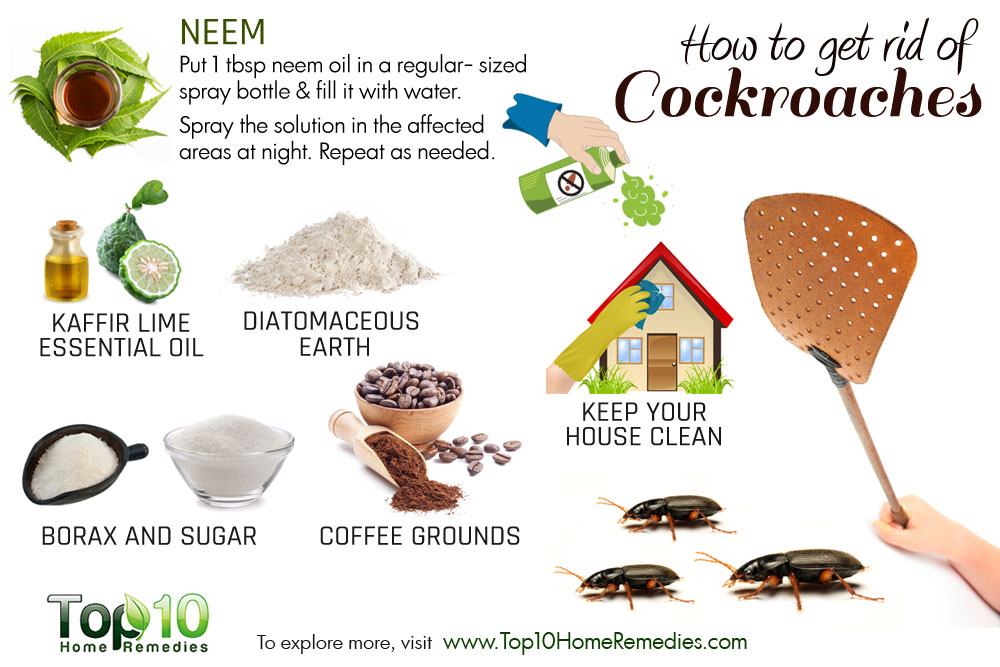
Treatment for Recurring Boils
For individuals prone to recurring boils, doctors may recommend:
- Long-term low-dose antibiotic therapy
- Nasal swabs with antibiotic ointments to eliminate Staphylococcus bacteria
- Special antibacterial washes or soaps
Addressing Underlying Conditions
If boils are a result of an underlying condition such as diabetes or a weakened immune system, treating these conditions is essential for preventing future boils.
Preventing Boils: Practical Tips for Skin Health
Prevention is always better than cure when it comes to boils. Here are some practical tips to help prevent boils from occurring:
Maintain Good Hygiene
Proper hygiene is the first line of defense against boils. Follow these practices:
- Wash your hands frequently with soap and water
- Shower or bathe daily, paying special attention to areas prone to boils
- Use antibacterial soap or body wash
- Keep cuts, scrapes, and other wounds clean and covered
Boost Your Immune System
A strong immune system can help ward off infections that cause boils. To boost your immunity:

- Eat a balanced diet rich in fruits, vegetables, and whole grains
- Get regular exercise
- Ensure you’re getting enough sleep
- Manage stress through relaxation techniques or meditation
Avoid Sharing Personal Items
To prevent the spread of bacteria that cause boils:
- Don’t share towels, washcloths, or razors
- Avoid sharing personal care items like hairbrushes or makeup
- Don’t borrow or lend clothing that comes into direct contact with the skin
Wear Breathable Clothing
Tight or non-breathable clothing can create an environment conducive to boil formation. To prevent this:
- Choose loose-fitting, breathable fabrics like cotton
- Change out of sweaty clothes promptly after exercise
- Avoid sitting for long periods in wet swimwear
Understanding the Outlook: What to Expect When Dealing with Boils
While boils can be uncomfortable and sometimes painful, understanding the typical course of this condition can help manage expectations and reduce anxiety.
Typical Duration of a Boil
How long does a boil usually last? The lifecycle of a boil typically follows this pattern:

- Initial appearance: The boil starts as a small, red, painful bump
- Development: Over 4-7 days, the boil grows larger and more painful
- Maturation: A white or yellow tip (the “head”) forms as pus collects
- Drainage: The boil usually bursts and drains within 2 weeks of appearing
- Healing: After draining, the boil begins to heal, which may take another 1-2 weeks
Potential Complications
While most boils heal without issues, potential complications can include:
- Scarring, especially if the boil is large or requires surgical drainage
- Spread of infection to surrounding tissues or other parts of the body
- Development of a deeper or more serious infection like cellulitis
- Recurring boils, which may indicate an underlying condition
Long-term Management for Recurrent Boils
For individuals prone to recurrent boils, long-term management strategies may include:
- Regular use of antibacterial soaps or washes
- Prophylactic antibiotic treatments
- Lifestyle changes to boost overall health and immunity
- Regular check-ups with a dermatologist or healthcare provider
Advanced Treatments and Research in Boil Management
While traditional treatments for boils remain effective, ongoing research and new approaches are expanding our understanding and management of this common skin condition.

Innovative Antibiotic Approaches
With the rise of antibiotic-resistant bacteria, researchers are exploring new antibiotic strategies:
- Combination antibiotic therapies to combat resistant strains
- Development of new classes of antibiotics
- Targeted delivery systems to increase antibiotic effectiveness
Bacteriophage Therapy
Bacteriophages, viruses that infect and kill bacteria, are being studied as a potential treatment for antibiotic-resistant infections, including those causing boils.
Immune System Modulation
Research is ongoing into treatments that boost or modulate the immune system’s response to the bacteria causing boils, potentially preventing their formation or speeding up healing.
Advanced Wound Care
New wound care technologies may improve the healing of boils after drainage:
- Advanced dressings that promote healing and prevent infection
- Negative pressure wound therapy for large or complex boils
- Growth factor treatments to speed up skin regeneration
As research continues, these and other innovative approaches may offer new hope for those dealing with recurrent or severe boils. Always consult with a healthcare professional to determine the most appropriate treatment for your specific situation.

How to Get Rid of a Boil
Written by Kristen Fischer
- Common Boil Locations
- Causes of Boils
- Symptoms of Boils
- When to Seek Medical Care
- Exams and Tests for Boils
- Boils Treatment: Home Remedies
- Medical Treatment for Boils
- Next Steps: Follow-Up
- Preventing Boils
- Outlook
- More
A boil is a contagious skin infection that starts in a hair follicle or oil gland. At first, the skin turns red in the area of the infection, and a tender lump develops. After 4-7 days, the lump starts turning white as pus collects under the skin.
When you know how to get rid of a boil, you can probably treat it at home.
Boils can affect any area of your body where you have hair, or where rubbing can occur. They usually form in places where you sweat.
Most often, they’re caused by the bacteria Staphylococcus aureus. But they can form from other types of bacteria or fungi on your skin. You may get them just once, every once in a while, or often.
You may get them just once, every once in a while, or often.
Here are some common places they can appear:
Boils in the groin area. Boils can affect the skin folds of the groin, the pubic area, and the lips and folds of the vagina. This area has lots of hair follicles and can be prone to chafing, especially if you wear tight-fitting clothes. You can also develop a boil after you get a cut or ingrown hair due to shaving this area.
Boils on buttocks. Boils frequently affect the buttocks due to hair follicles, sweat, and friction in the area. Dirty underwear could make a boil here more likely.
Boils on the face. Boils on your face are different from cysts and pimples, though they can look similar. Cysts are filled with fluid, while a pimple is the result of a clogged pore. Cysts and pimples aren’t contagious like boils can be.
Boil on eyelid. If a boil occurs here, it’s called a stye, and it can be painful. You treat them similarly to the way you treat a boil anywhere else. If it doesn’t go away on its own, a dermatologist can prescribe an antibiotic cream or eye drops.
You treat them similarly to the way you treat a boil anywhere else. If it doesn’t go away on its own, a dermatologist can prescribe an antibiotic cream or eye drops.
Other areas where boils often appear include:
- Breasts
- Armpits
- Shoulders
- Legs
Keep an eye out for several boils that appear in a group. That’s a more serious type of infection called a carbuncle.
Most boils are caused by staph bacteria. This germ enters your body through tiny nicks or cuts in your skin or can travel down a hair to the follicle.
These things make people more likely to get boils and other skin infections:
- Diabetes, which can make it harder for your body to fight infection
- A weakened immune system
- Other skin conditions that break your skin’s protective barrier
- Contact with others, especially if someone you live with has a boil
- Poor hygiene
- Poor nutrition
- Exposure to harsh chemical that irritate the skin
A boil starts as a hard, red, painful lump about the size of a pea. Over the next few days, the lump becomes softer, larger, and more painful. Soon a pocket of pus forms on the top of the boil.
Over the next few days, the lump becomes softer, larger, and more painful. Soon a pocket of pus forms on the top of the boil.
These are signs of a serious infection:
- Fever
- Swollen lymph n
- odes
- Infected, red, painful, and warm skin around the boil
- Additional boil or boils
Boils vs. pimples. Pimples are caused by clogged pores, but boils stem from an infection. That’s why you might notice boils around scratches or cuts, unlike pimples. Pimples aren’t contagious, but boils can be. A boil will likely grow faster than a pimple and hurt more. And it won’t get better when you use pimple treatments.
Boils vs. cysts. A cyst isn’t caused by an infection. It doesn’t hurt and is usually harmless. Cysts usually grow more slowly than boils. Fluid might come out if you squeeze a cyst, but it’s not whitish yellow pus, which is a sign of infection. Cysts aren’t contagious, but you can spread boils to others.
Boils usually don’t require medical attention. But if you’re in poor health and develop high fever and chills along with the boil, go to the emergency room.
Call your doctor if your boil doesn’t go away after 2 weeks or or you have:
- Fever
- Swollen lymph nodes
- Red or red streaks around the boil
- Serious pain
- Multiple boils
- Vision issues
- Recurring boils
- Other conditions such as a heart murmur, diabetes, a problem with your immune system, or if you use immune-suppressing drugs like corticosteroids or chemotherapy
Your doctor can do a physical exam to see if you have a boil. This skin infection can affect many parts of the body, so they may ask about other parts of your body.
You may be able to treat boils at home. But whatever you do, don’t pick at the boil or try to pop it yourself. The boil may drain on its own, which is important in the healing process.
Some ways to treat a boil include:
Apply warm compresses. Soak a washcloth in warm water and then press it gently against the boil for about 10 minutes. You can repeat this a few times throughout the day. Once you see the pus at the center (that’s called “bringing a boil to a head,” it’ll probably burst and drain soon. This usually occurs within 10 days after you see the head.
Soak a washcloth in warm water and then press it gently against the boil for about 10 minutes. You can repeat this a few times throughout the day. Once you see the pus at the center (that’s called “bringing a boil to a head,” it’ll probably burst and drain soon. This usually occurs within 10 days after you see the head.
Use a heating pad. A heating pad can help the boil start to drain, too. Put the heating pad over a damp towel and lay it on the affected area. It may take up to a week for the boil to start opening and draining the pus. Keep applying heat, either with a heating pad or compress, for up to 3 days after the boil opens.
Keep it clean. As with any infection, you should keep the area clean. Use soap and warm water to wash the boil twice daily, and then gently pat the area dry. Keep towels and washcloths that come into contact with the boil separate from other towels.
Use a cover or bandage. To help the boil heal faster, keep it covered. After you wash the boil and the area around it, apply a clean dressing to keep it protected. You can use a bandage or gauze.
After you wash the boil and the area around it, apply a clean dressing to keep it protected. You can use a bandage or gauze.
Practice good hygiene. After touching the boil or surrounding area, thoroughly wash your hands to prevent spreading the infection to other parts of your body — or passing it to another person. Take a bath or a shower daily to keep your skin clean and prevent the spread of infection to others. Avoid public swimming pools and gyms until your boil has cleared up.
Wash your linens. To lower the risk of further infection, wash your bedding, clothing, and towels at least once a week at a high temperature to kill off bacteria. Don’t share your towels with anyone else while you have a boil.
Take a pain reducer. If your boil is painful, take a pain reliever like acetaminophen or ibuprofen. These can also lower your fever if your boil is causing one.
If you’re concerned about the infection, your doctor may run additional blood tests. They might prescribe antibiotics if the infection is serious.
They might prescribe antibiotics if the infection is serious.
If they drain the boil, they may take a sample (called a culture) to determine what type of bacteria caused the infection and assess whether you got the right antibiotic.
Whether your boil drains at home or is drained by a doctor, you’ll need to clean the infected area 2-3 times a day until the wound heals. Apply an antibiotic ointment after washing, then cover with a bandage.
If the area turns red or looks as if it is getting infected again, call your doctor.
To avoid getting boils:
- Carefully wash clothes, bedding, and towels.
- Don’t share personal items, like towels, that touch your skin.
- Clean and treat minor skin wounds.
- Practice good personal hygiene including regular hand-washing.
- Stay as healthy as possible.
Most boils will disappear on their own or with simple home treatment. In rare cases, the bacteria can enter your bloodstream and affect other parts of your body.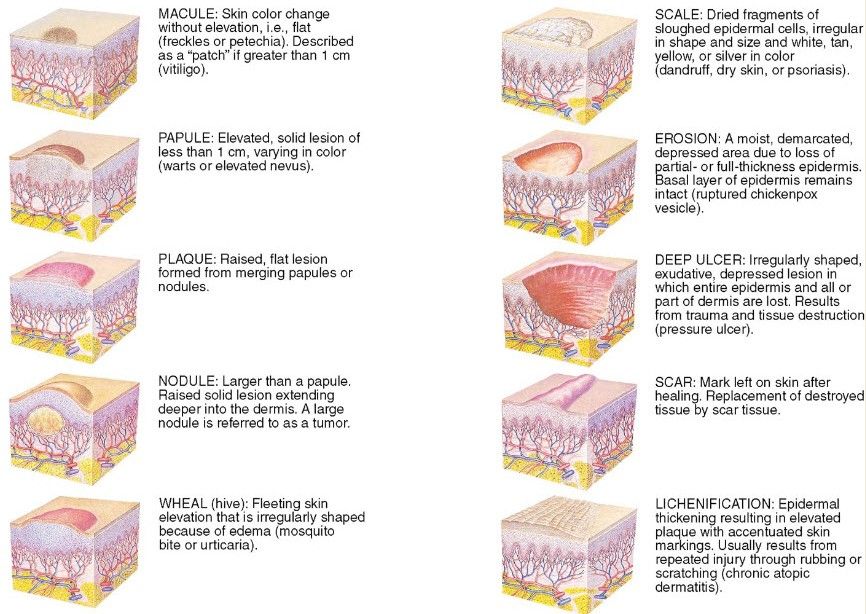 That could lead to more serious infections.
That could lead to more serious infections.
Top Picks
How to Get Rid of a Boil
Written by Kristen Fischer
- Common Boil Locations
- Causes of Boils
- Symptoms of Boils
- When to Seek Medical Care
- Exams and Tests for Boils
- Boils Treatment: Home Remedies
- Medical Treatment for Boils
- Next Steps: Follow-Up
- Preventing Boils
- Outlook
- More
A boil is a contagious skin infection that starts in a hair follicle or oil gland. At first, the skin turns red in the area of the infection, and a tender lump develops. After 4-7 days, the lump starts turning white as pus collects under the skin.
At first, the skin turns red in the area of the infection, and a tender lump develops. After 4-7 days, the lump starts turning white as pus collects under the skin.
When you know how to get rid of a boil, you can probably treat it at home.
Boils can affect any area of your body where you have hair, or where rubbing can occur. They usually form in places where you sweat.
Most often, they’re caused by the bacteria Staphylococcus aureus. But they can form from other types of bacteria or fungi on your skin. You may get them just once, every once in a while, or often.
Here are some common places they can appear:
Boils in the groin area. Boils can affect the skin folds of the groin, the pubic area, and the lips and folds of the vagina. This area has lots of hair follicles and can be prone to chafing, especially if you wear tight-fitting clothes. You can also develop a boil after you get a cut or ingrown hair due to shaving this area.
Boils on buttocks. Boils frequently affect the buttocks due to hair follicles, sweat, and friction in the area. Dirty underwear could make a boil here more likely.
Boils frequently affect the buttocks due to hair follicles, sweat, and friction in the area. Dirty underwear could make a boil here more likely.
Boils on the face. Boils on your face are different from cysts and pimples, though they can look similar. Cysts are filled with fluid, while a pimple is the result of a clogged pore. Cysts and pimples aren’t contagious like boils can be.
Boil on eyelid. If a boil occurs here, it’s called a stye, and it can be painful. You treat them similarly to the way you treat a boil anywhere else. If it doesn’t go away on its own, a dermatologist can prescribe an antibiotic cream or eye drops.
Other areas where boils often appear include:
- Breasts
- Armpits
- Shoulders
- Legs
Keep an eye out for several boils that appear in a group. That’s a more serious type of infection called a carbuncle.
Most boils are caused by staph bacteria. This germ enters your body through tiny nicks or cuts in your skin or can travel down a hair to the follicle.
These things make people more likely to get boils and other skin infections:
- Diabetes, which can make it harder for your body to fight infection
- A weakened immune system
- Other skin conditions that break your skin’s protective barrier
- Contact with others, especially if someone you live with has a boil
- Poor hygiene
- Poor nutrition
- Exposure to harsh chemical that irritate the skin
A boil starts as a hard, red, painful lump about the size of a pea. Over the next few days, the lump becomes softer, larger, and more painful. Soon a pocket of pus forms on the top of the boil.
These are signs of a serious infection:
- Fever
- Swollen lymph n
- odes
- Infected, red, painful, and warm skin around the boil
- Additional boil or boils
Boils vs. pimples. Pimples are caused by clogged pores, but boils stem from an infection. That’s why you might notice boils around scratches or cuts, unlike pimples. Pimples aren’t contagious, but boils can be. A boil will likely grow faster than a pimple and hurt more. And it won’t get better when you use pimple treatments.
Pimples aren’t contagious, but boils can be. A boil will likely grow faster than a pimple and hurt more. And it won’t get better when you use pimple treatments.
Boils vs. cysts. A cyst isn’t caused by an infection. It doesn’t hurt and is usually harmless. Cysts usually grow more slowly than boils. Fluid might come out if you squeeze a cyst, but it’s not whitish yellow pus, which is a sign of infection. Cysts aren’t contagious, but you can spread boils to others.
Boils usually don’t require medical attention. But if you’re in poor health and develop high fever and chills along with the boil, go to the emergency room.
Call your doctor if your boil doesn’t go away after 2 weeks or or you have:
- Fever
- Swollen lymph nodes
- Red or red streaks around the boil
- Serious pain
- Multiple boils
- Vision issues
- Recurring boils
- Other conditions such as a heart murmur, diabetes, a problem with your immune system, or if you use immune-suppressing drugs like corticosteroids or chemotherapy
Your doctor can do a physical exam to see if you have a boil. This skin infection can affect many parts of the body, so they may ask about other parts of your body.
This skin infection can affect many parts of the body, so they may ask about other parts of your body.
You may be able to treat boils at home. But whatever you do, don’t pick at the boil or try to pop it yourself. The boil may drain on its own, which is important in the healing process.
Some ways to treat a boil include:
Apply warm compresses. Soak a washcloth in warm water and then press it gently against the boil for about 10 minutes. You can repeat this a few times throughout the day. Once you see the pus at the center (that’s called “bringing a boil to a head,” it’ll probably burst and drain soon. This usually occurs within 10 days after you see the head.
Use a heating pad. A heating pad can help the boil start to drain, too. Put the heating pad over a damp towel and lay it on the affected area. It may take up to a week for the boil to start opening and draining the pus. Keep applying heat, either with a heating pad or compress, for up to 3 days after the boil opens.
Keep it clean. As with any infection, you should keep the area clean. Use soap and warm water to wash the boil twice daily, and then gently pat the area dry. Keep towels and washcloths that come into contact with the boil separate from other towels.
Use a cover or bandage. To help the boil heal faster, keep it covered. After you wash the boil and the area around it, apply a clean dressing to keep it protected. You can use a bandage or gauze.
Practice good hygiene. After touching the boil or surrounding area, thoroughly wash your hands to prevent spreading the infection to other parts of your body — or passing it to another person. Take a bath or a shower daily to keep your skin clean and prevent the spread of infection to others. Avoid public swimming pools and gyms until your boil has cleared up.
Wash your linens. To lower the risk of further infection, wash your bedding, clothing, and towels at least once a week at a high temperature to kill off bacteria.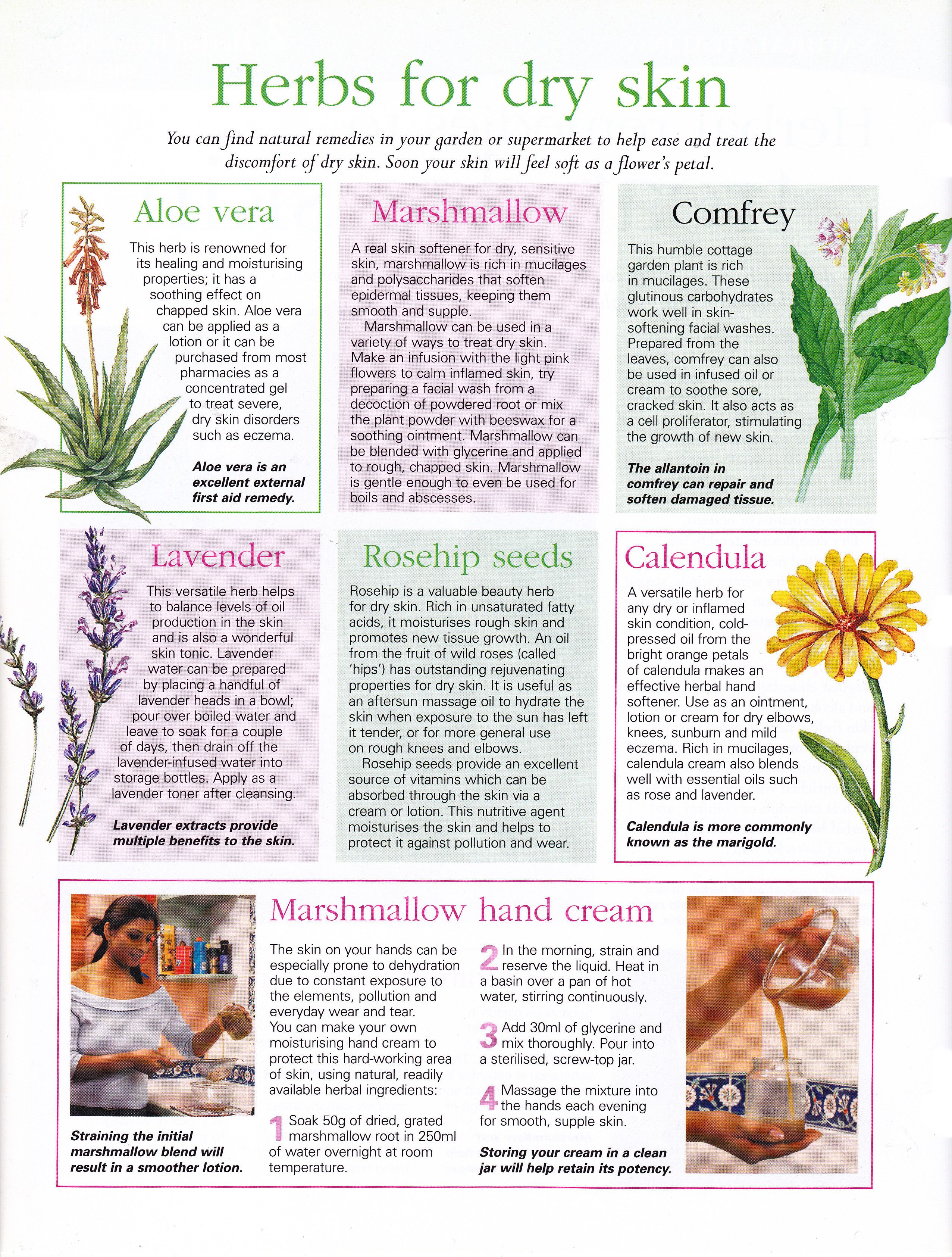 Don’t share your towels with anyone else while you have a boil.
Don’t share your towels with anyone else while you have a boil.
Take a pain reducer. If your boil is painful, take a pain reliever like acetaminophen or ibuprofen. These can also lower your fever if your boil is causing one.
If you’re concerned about the infection, your doctor may run additional blood tests. They might prescribe antibiotics if the infection is serious.
If they drain the boil, they may take a sample (called a culture) to determine what type of bacteria caused the infection and assess whether you got the right antibiotic.
Whether your boil drains at home or is drained by a doctor, you’ll need to clean the infected area 2-3 times a day until the wound heals. Apply an antibiotic ointment after washing, then cover with a bandage.
If the area turns red or looks as if it is getting infected again, call your doctor.
To avoid getting boils:
- Carefully wash clothes, bedding, and towels.
- Don’t share personal items, like towels, that touch your skin.

- Clean and treat minor skin wounds.
- Practice good personal hygiene including regular hand-washing.
- Stay as healthy as possible.
Most boils will disappear on their own or with simple home treatment. In rare cases, the bacteria can enter your bloodstream and affect other parts of your body. That could lead to more serious infections.
Top Picks
Treatment of furunculosis in St. Petersburg in the clinic TIBETAN DOCTOR
Furunculosis.
 What is it and what is its feature?
What is it and what is its feature?
Furunculosis is a purulent-necrotic manifestation that causes inflammation of the area of the hair follicle and its connective tissues, caused by external and internal factors.
This disease can manifest itself in the form of pimples with a reddish tint, pain when touching the pimple.
The disease can appear regardless of the person’s age, including in children. The cause may be, for example, a genetic predisposition, an infection.
The treatment of any disease should not be shelved. If something in your body went wrong, then there is a reason for it. What bells of the body can tell you that you are developing furunculosis, we will consider further.
Furunculosis. By what symptoms can the disease be identified?
Pimples with reddish skin tone;
Pain when touching a pimple;
Increased temperature in the area of pimple formation;
Nervous state.

Pay attention to this. As mentioned above, if you have acne with a reddish tint, pain when you touch the pimple, then it is possible that you develop furunculosis.
So, if you have some or all of the symptoms on the list, then it’s time to take care of your health.
Remember, the disease is easier and faster to treat in the early stages, when it has not yet taken root deep into your body.
Don’t run it and don’t leave it to chance or “maybe it goes away.” Undoubtedly, the resources of the body are great. And Tibetan medicine is for the fact that the body itself coped with the disease.
However, in the conditions of our modern life and not knowing the true causes of the disease, you should contact a specialist and undergo a free diagnosis in our clinic. At the very least, you will know your exact diagnosis, the cause of the disease, and recommendations for a quick recovery.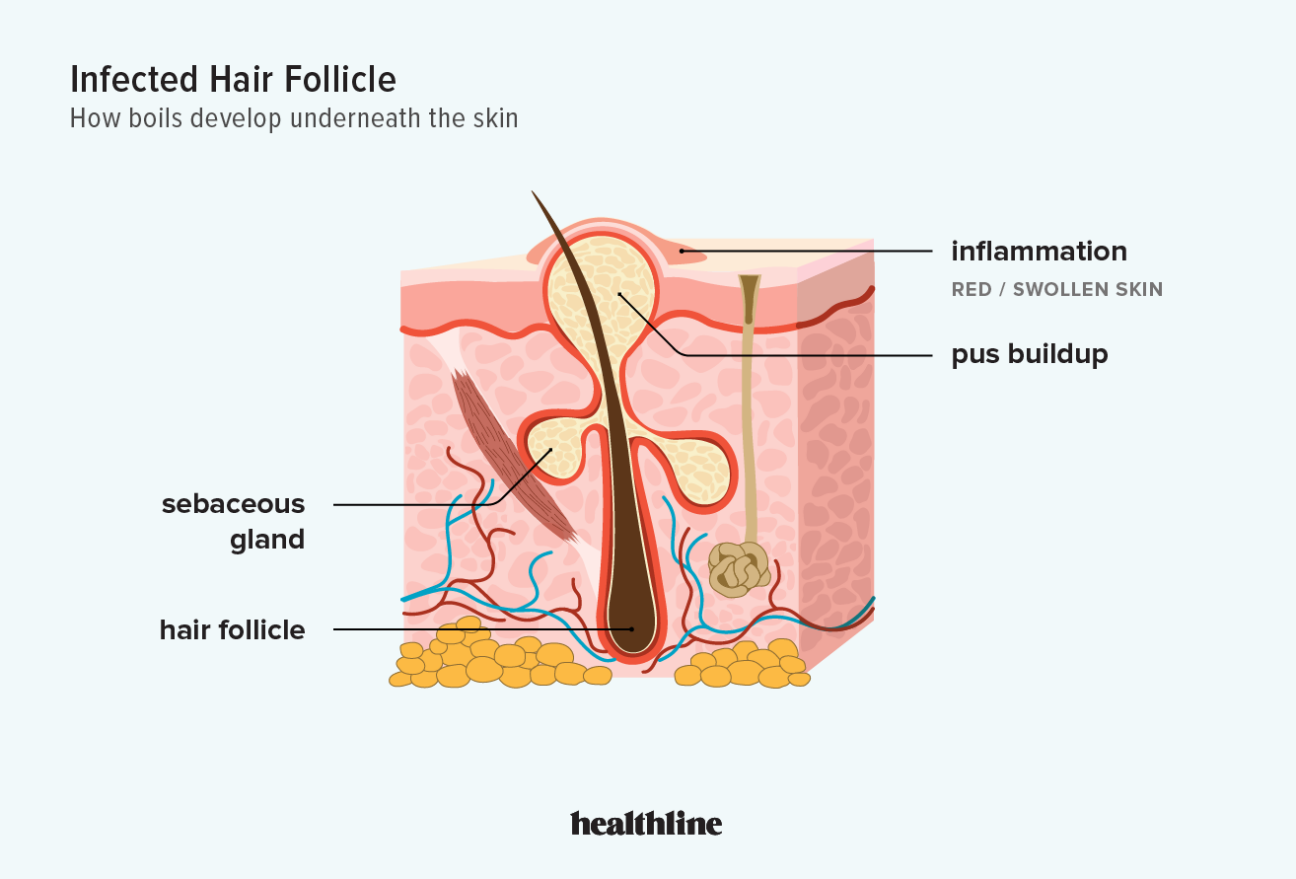
Let’s continue the research, and first let’s find out where the roots of all diseases come from, in particular furunculosis.
Furunculosis. Prerequisites for the formation of the disease, which you can admit
Our world is diverse and complex for some, but simple and large for others. The ability to behave, to subordinate thoughts to one’s will, to manage one’s state in different situations, to launch the correct biochemical processes, allow a person to have strong energy and strong immunity, and therefore resistance to any diseases.
The integrity of the body begins to break down with psycho-emotional factors that affect us daily. If a person knows how to cope with them, processing any emotional jumps in the direction of a positive shift forward for himself, he will be able to easily respond to any uncomfortable situation, remain in good health and, moreover, develop his energy potential.
Otherwise, under the influence of the crazy pace of life, stressful situations at work, at home or on the road, a negative energy charge begins to accumulate, gradually destroying the energy shell of a person.
At first, this affects the psychological health of a person, later, the destruction passes to the physical level, where internal organs begin to suffer and various sores come out.
Let’s go directly to the causes and factors that contribute to the appearance of furunculosis.
“Hope of recovery is half of recovery.”
Voltaire
Furunculosis. What are the reasons for the formation and rapid development of the disease?
- Kidney problems;
- Violation of hygiene;
- Genetic predisposition;
- Infection;
- Pathology of the gastrointestinal tract;
- Violations of the protective function of the skin.
Why can a disease not respond to treatment, and when everything seemed to go away, a relapse occurs? Because at the stage of diagnosis, the doctor did not determine the cause of the disease.![]()
Treating symptoms means driving the disease even deeper inside, where it will affect more and more new areas, developing a whole “network” of associated diseases.
And, one “beautiful” day, they will make themselves felt with all their bouquet, which will be joined by side effects from drugs. Is it worth it? Of course not. There is always a choice
Next, let’s look at the approach of Tibetan medicine to the treatment of furunculosis.
Furunculosis. Restoration and treatment of the body by the method of Tibetan medicine
- Acupuncture;
- Moxibustion;
- Stone therapy;
- Tibetan massage;
- Vacuum therapy;
- Hirudotherapy;
- And others.
The rapid recovery of the body in Tibetan ways is due to the methods of external and internal influence. Everything that can contribute to a quick recovery is taken into account. Lifestyle and nutrition also play an important role here.
Lifestyle and nutrition also play an important role here.
On free pulse diagnostics, you are given an accurate diagnosis, determine your prevailing constitution, which is one of the most important points for setting the right treatment, determine the causes of the disease, concomitant diseases, and, based on these data, prescribe treatment.
Again, nutrition and lifestyle play an important role in the healing process. Therefore, it is important to know your natural constitution and the state of affairs in general. And already on the basis of these data, determine the necessary diet, with the presence of abundant drinking and the exclusion or restriction of foods that are not suitable for you by nature.
In combination with phytotherapy, the procedures give a tremendous healing effect and allow you to quickly relieve pain and alleviate the condition.
Properly selected herbal remedies have an immunomodulatory, antibacterial and anti-inflammatory effect, harmonizing the state of the body’s internal systems.
An integrated approach is the basis of Tibetan medicine. External exposure to the above procedures leads to the fact that:
- The condition of the skin is restored;
- Improved functionality;
- Eliminates congestion;
- Increased immunity;
- Pain and discomfort are relieved;
- Concomitant diseases disappear;
- Improves the general condition of the body;
- Improvement of physical and emotional state;
- And other manifestations of the disease.
Tibetan medicine has helped many patients regain their lost health. Even in those cases when ordinary doctors refused the patient, saying that he could no longer be helped, Tibetan medicine helped.
Not because she has some kind of magic pill, but because she has tremendous knowledge about the nature of man and his interaction with this world. This experience has been accumulated for thousands of years and is now gaining popularity very quickly due to its amazing results.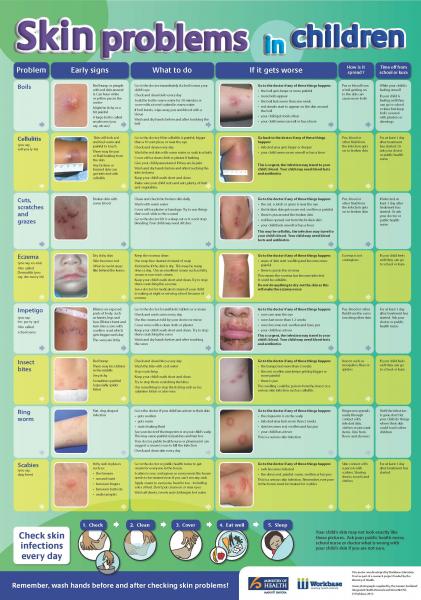
Without chemicals, antibiotics, painful procedures and operations, we manage to lift and put people on their feet, significantly improving their condition.
People also come to us to prevent diseases. Relax, unload your emotional state, raise your vitality and restore energy.
After complex procedures, a person acquires harmony with himself and the outside world for a long time. It just glows with love, energy and life.
Therefore, if you have any health problems, come, we will help you.
Health to you and your loved ones!
References:
Ashmarin Yu. A. Furunculez / Yu. A. Ashmarin, V. M. Kreinin. M.: Medicine, 1974. – 96 p.
Badirov MA Malignant boils and carbuncles of the face, their treatment / MA Badirov // Health of Kazakhstan. 1971. – No. 7. – S. 68-69.
Badirov M. A. Treatment and prevention of boils and carbuncles of the face / M.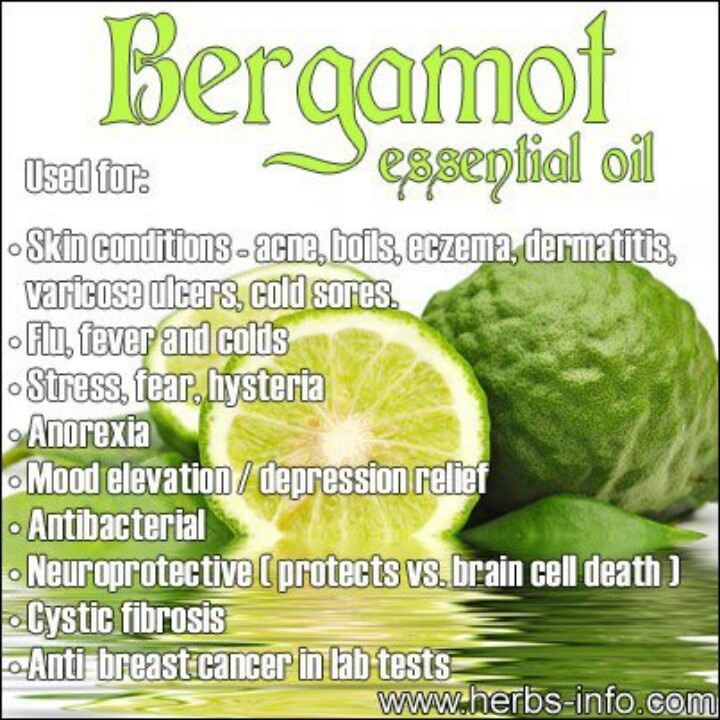 A. Badirov, N. N. Vishnyakov // Healthcare of Kazakhstan. 1971. – No. 4. -S. 77-78.
A. Badirov, N. N. Vishnyakov // Healthcare of Kazakhstan. 1971. – No. 4. -S. 77-78.
Bakhmudov BR Seasonal regularities in the appearance of facial boils / BR Bakhmudov, NS Ramazanov // 12th congress of surgeons of Dagestan, dedicated to the 70th anniversary of the birth of Prof. RP Askerkhanov: abstracts. Makhachkala, 1990. – S. 147-148.
Bilkevich AA Malignant carbuncle of the face / AA Bilkevich // Public Health of Kazakhstan. 1983. – № 3. – P. 70.
Bozhenkov Yu. G. Cryo-laser treatment of abscessed boils / Yu. Grekov. 1989. – No. 3 – S. 63-65.
Vasilenko, AN Furuncle of the oral region / AN Vasilenko // Actual problems of dentistry (diagnosis, treatment, prevention of dental diseases): Sat. scientific works, ed. Professor O.P. Chudakov. Minsk, 1983. – S. 54-56.
Why boils return – AMO
Reading time: 1 min.
Sometimes boils can reappear. How to prevent recurrence and how to treat this disease?
What are boils and recurrence of furunculosis?
A furuncle is a deep infection of the hair follicle.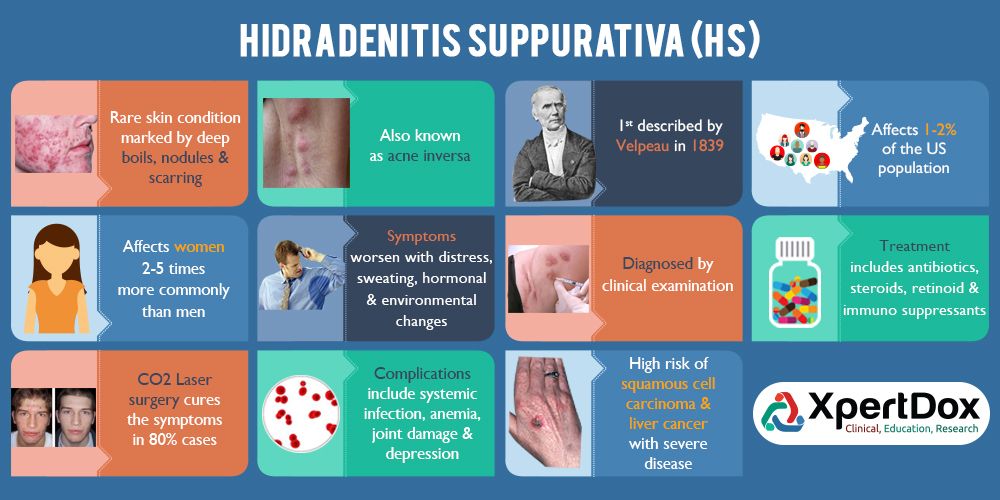 In this case, a purulent sac appears under the skin, most often caused by Staphylococcus aureus. Although other bacteria can also cause a buildup of pus.
In this case, a purulent sac appears under the skin, most often caused by Staphylococcus aureus. Although other bacteria can also cause a buildup of pus.
About 10% of people complain that boils reappear within a year. The fact that there is a recurrent furunculosis burns the appearance of boils during the year more than 3 times. Our doctors talk about relapse even after one reappearance within 12 months.
Disease complexity
If furunculosis is severe, then it can have multiple foci throughout the body. In addition to headache and weakness, intoxication develops, a person has a fever, sweats. If the disease is moderate, then the boils become very large, the lymph nodes increase. And after a breakthrough of pus, scars remain on the skin.
Experts believe that hereditary predisposition is an important factor in the development of the disease. In case of relapse, great importance is given to the pathogenic environment that colonizes in the folds of the groin, under the mammary glands, in the nose.
There are certain risk factors that can trigger a relapse of the disease:
- iron deficiency;
- taking antibiotics;
- associated skin diseases;
- multiple wounds and lesions on the skin;
- obesity;
- insufficient personal hygiene;
- decrease in the protective functions of the body;
- diabetes mellitus.
Sometimes boils recur without any concomitant factors, but it is possible to influence the frequency and complexity of the disease with the help of preventive measures.
How to treat furunculosis
Treatment of relapses of furunculosis is not easy. If the boils are solitary, then the surgeon opens them, and then conducts local therapy. With multiple lesions and severe disease, antibiotic treatment is carried out. You will also need to eliminate the bacteria that provoke furunculosis at home in the patient. For this, antiseptics are used. If the disease is accompanied by diabetes mellitus, then monitoring the patient’s condition in this direction should be mandatory.